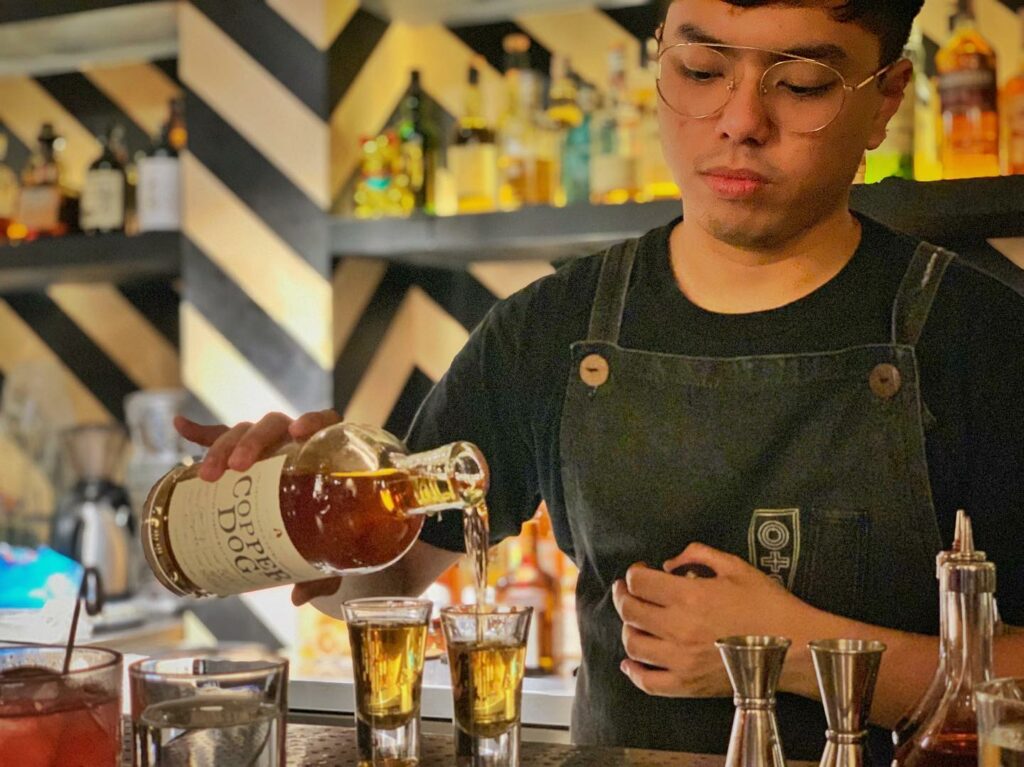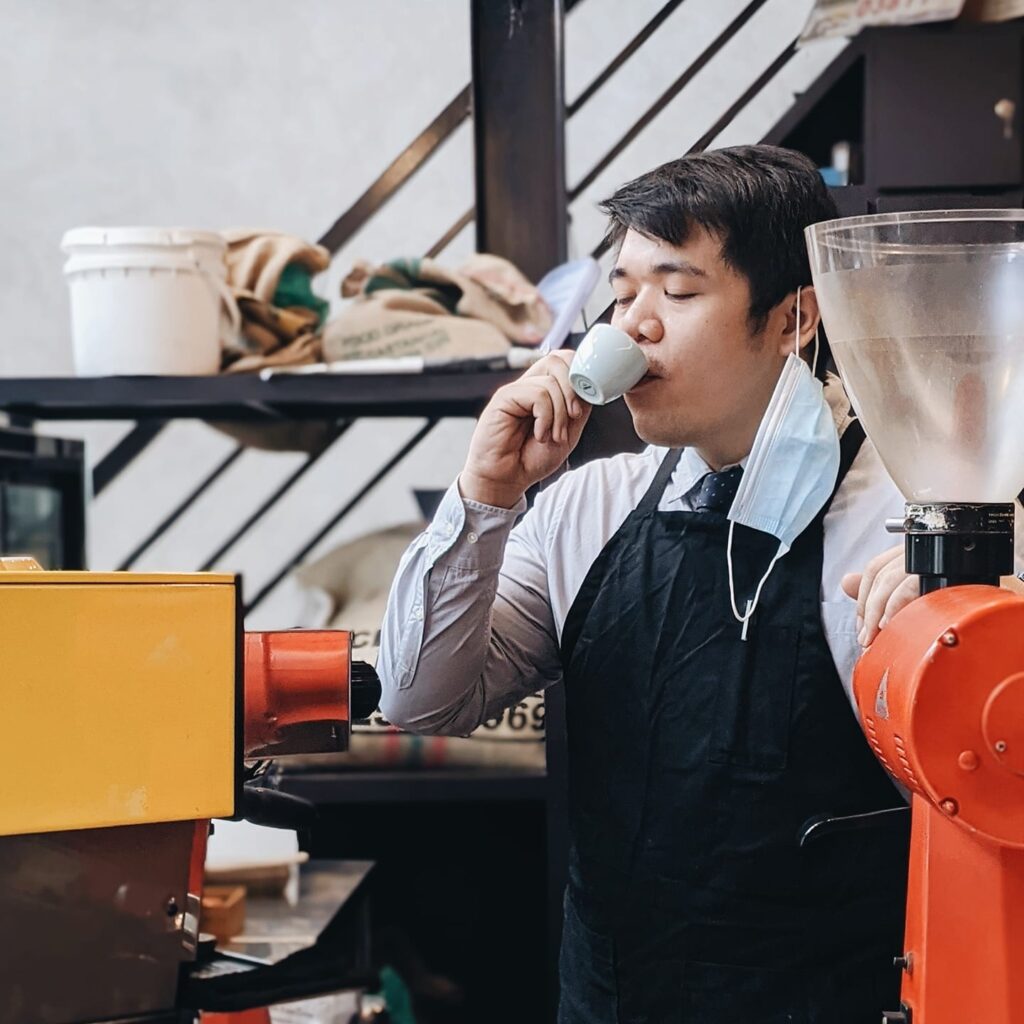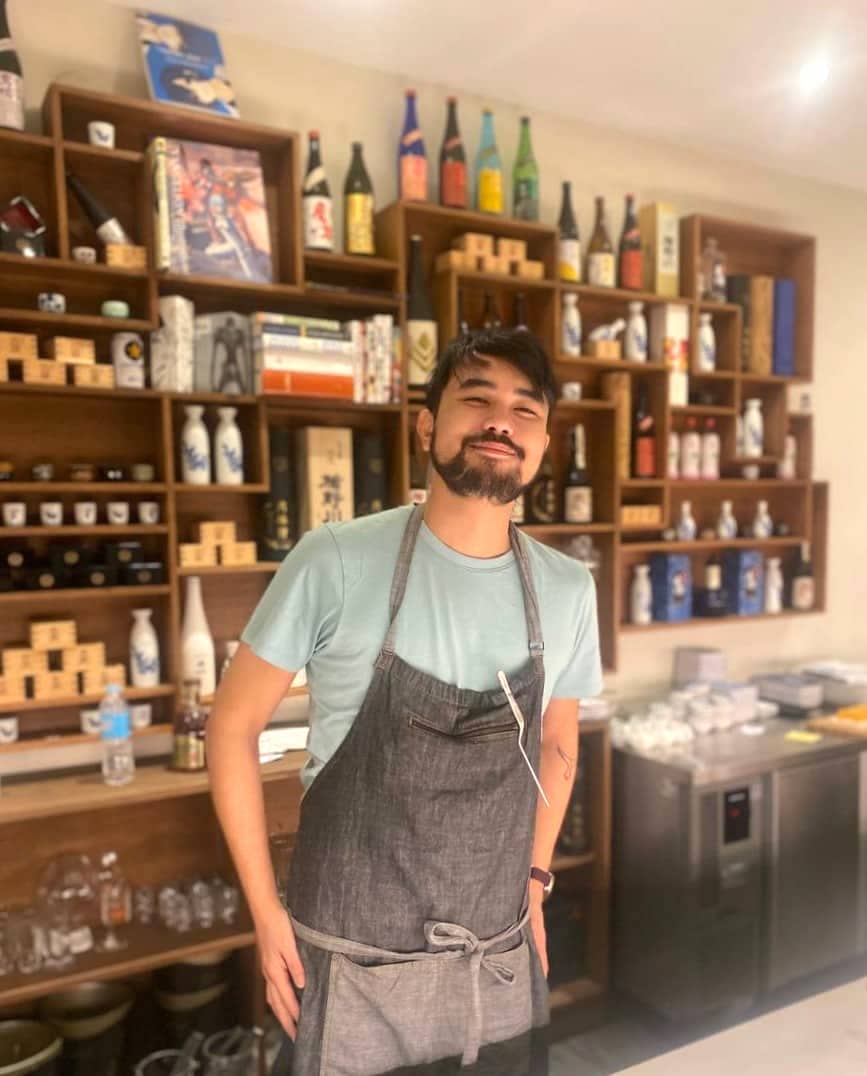Dealing with inappropriate customers is a reality most food establishments face. It’s also true though that ‘inappropriate’ varies between upscale restaurants, fast food chains, laid-back coffee shops, and bars. There is one statement however that most restaurateurs, cafe owners, bartenders, baristas, and servers agree with: The customer is not always right.
There exists a fine line between customer entitlement and the standard of service each food establishment is paid to deliver. Here to make that fine line a little bolder are a few movers, shakers, and makers of the food and beverage industry, offering suggestions on general customer etiquette.
“Customer service incidents do occur frequently, but they’re often due to communication issues, which are likewise resolved by good communication,” says Jonathan Choi, owner of Exchange Alley Coffee House. “Being kind to your waitstaff, your barista, and your fellow customers goes a long, long way.”
1. Be kind
While being kind may seem like common sense to most, a select few still forget to leave their superiority complexes at the door. Waitstaff and baristas are trained to be hospitable, but hostility or passive aggression—be it delivered through vocal tone, body language, or physical action—will never be welcomed.
Most establishments have their own lists of etiquette dos and don’ts, while some don’t feel compelled to enumerate such regulations.
2. Keep claims courteous
Receiving the wrong order is never a good reason to throw a tantrum or spit obscenities at whomever caused the error. Servers are human and make mistakes. Calmly suggesting that there may have been a mistake is enough for a well-functioning establishment to rectify the problem and serve you the dish or drink you want.
3. Call servers by name
Learning your waiter’s name to call their attention will always be preferable over snapping your fingers, and simply selecting another dish trumps any haughty retort when your preferred choice is not available. “Being called kuya (brother) or ate (sister) might be considered offensive to some. I really do appreciate it when customers go out of their way to ask for your name,” says David Abalayan, Diageo World Class Philippines Bartender of the Year 2019 and bar manager at Oto.

4. Tip at least 10 percent
Servers and cooks in the F&B industry are some of the most overworked and underpaid in the trade. While fairer wages should be addressed by establishment owners, it’s always good to give a tip to servers, and a bigger tip to those who go out of their way to make you more comfortable.
5. Don’t abuse resources
Establishments sometimes provide electricity outlets, newspapers, comfortable chairs, restrooms, picturesque vistas, and other conveniences. If the facility or resource is limited, be conscious of the amount of time you spend using it if there are other customers in the vicinity who may need to use it as well.

“I hear about my colleague’s rants about things like people working all day long, hogging the nice seats and outlets, with their lone hours-old drink untouched,” says Choi. “We’re incredibly lucky to have had very few instances that abuse or game our system.”
6. Cleanliness is a must
Many in the restaurant industry agree that there is nothing wrong with using an establishment’s restroom even if you are not a paying customer, though this view is not shared by all. Nevertheless, if nature calls and you must answer it in a nearby cafe’s restroom, do keep your surroundings clean enough for the next person to comfortably use, and for the staff to maintain without grimacing. “I mind when they don’t respect the place of business and are sloppy and gross after they use the restroom,” says Dara*, a former Starbucks barista. “Otherwise, I don’t really have a problem with it.”
General customer etiquette extends even when you’re not a paying customer and you’re just using an establishment’s restroom.
7. Recognize individual restaurant policies
Most establishments have their own lists of etiquette dos and don’ts, while some don’t feel compelled to enumerate such regulations. Found in signs along the concierge table, pasted on the wall or in fine print on the menu, one of the most staff-appreciated efforts a customer can make is to understand and observe each restaurant’s unique policy lineup.
8. Comply with closing time
If a restaurant closes at 10 p.m. some customers think they’ve ‘made the cut’ to be served if they enter at 9:55 p.m., when the opposite is true. Closing time indicates that the restaurant or food establishment is no longer obligated to serve the customer past the indicated schedule. While it’s expected on the part of customers to respect this, it also helps if restaurants display or announce their schedules for last calls for seating or reservations to clarify when the establishment fully halts operations.
“Being a little late for a reservation that you booked is no criminal offense, but it is best to keep the tardiness at a 15-minute maximum. Otherwise, give the restaurant a heads up to see if they can keep your table for you, and don’t be surprised if they can’t,” says Rafa Joseph of Bar Koji.
9. Respect scheduled reservations
“Being a little late for a reservation that you booked is no criminal offense, but it is best to keep the tardiness at a 15-minute maximum. Otherwise, give the restaurant a heads up to see if they can keep your table for you, and don’t be surprised if they can’t,” says Rafa Joseph of Bar Koji.

10. Try to avoid alterations
Bringing your own food, drinks, and condiments to add to or complement the establishment’s dishes is usually a no-no. For fancier restaurants, requesting to have a dish altered in any way—whether it’s to remove or add an ingredient—is frowned upon and rarely allowed, unless the customer has a food allergy.
As for outside drinks, you may ask to pay corkage to consume it within the restaurant or cafe. This rule exists as establishments often make the largest margin of profits from selling drinks.
David Abalayan of Oto sums up his take on customer etiquette in food establishments concisely. “The way my colleagues and I view our establishment, we see it as our home. Behave in F&B establishments as though you were behaving in a friend’s home.”
11. Read the room
As each day brings a new crowd of customers, the ambiance of each service session differs. Some days may be louder than others, such as the weekends, while weekdays tend to be quieter.
That said, being part of the largest crowd in a restaurant is not a free pass to being excessively loud or rowdy. While customers have a right to enjoy themselves, other customers also have the right to enjoy a certain level of peace. Unreasonable noise and unruliness, no matter if from a crying infant or intoxicated customers, should not be tolerated. Likewise, asking for too much silence in a public space to accommodate one’s needs above the rest is also unacceptable.
“We want to keep it as a ‘third place’ setting or a comfortable location for everybody,” says Dara*.
12. Honor hospitality
Abalayan sums up his take on customer etiquette in food establishments concisely.
“The way my colleagues and I view our establishment, we see it as our home. I think that’s what most patrons don’t understand. To us, we’re opening our home to serve anybody who comes by in the best way we can. Behave in F&B establishments as though you were behaving in a friend’s home. Be respectful of your servers always and treat them the way you would treat a friend.”
*Name has been changed





